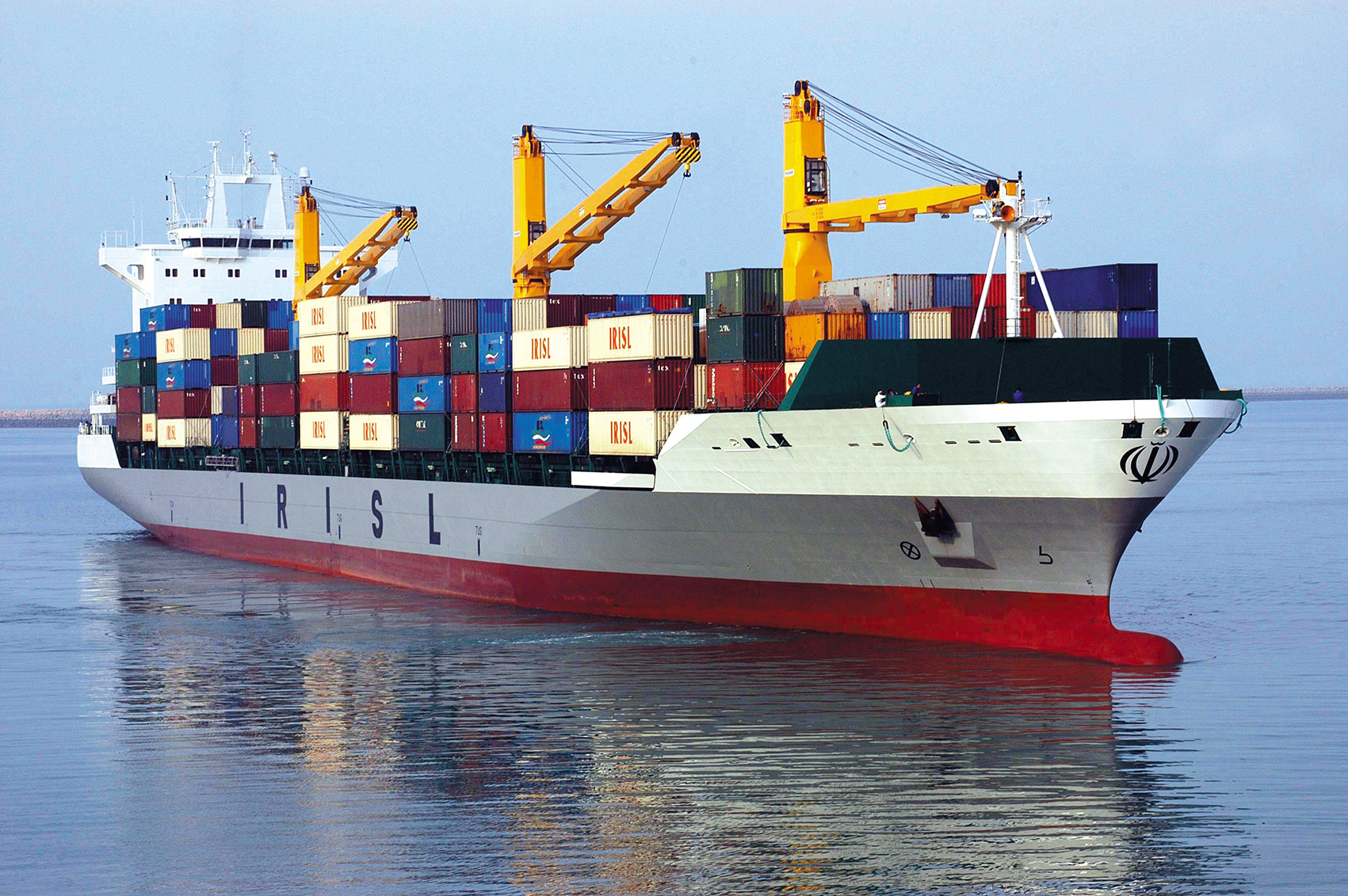Maritime transportation accounts for about 87% of global trade, which figure for Iran currently stands at 85%, the CEO of the Islamic Republic of Iran Shipping Lines said.
According to Mohammad Saeedi, Imam Khomeini and Shahid Rajaie ports in southern Iran account for 80% of the total throughput of Iranian ports, which is 140 million tons per year.
“At present, IRISL operates five joint shipping lanes with foreign companies covering East Asia, Europe, Africa and the Americas. The company has the largest fleet in the region and plays a significant role in conducting imports and exports, as well as creating jobs,” Saeedi was quoted as saying by ILNA.
Latest statistics released by the Islamic Republic of Iran Customs Administration show Iran exported 102.04 million tons of non-oil goods worth $35.27 billion during the 10 months to January 19, 2017, showing a rise of 33.76% and 8.37% in weight and value respectively compared with last year’s corresponding period.
Imports for the period stood at 27.55 million tons worth $34.98 billion, up 2.87% and 3.21% year-on-year.
Gas condensates were Iran’s main exported commodity, making up 17.08% of the total non-oil export figure. They were followed by natural liquefied gases, light crude oil, excluding gasoline, petroleum gases and liquefied hydrocarbons and liquefied propane.
The imported commodities mainly included field corn, soybean, auto parts and motor vehicles.
China was the main customer of Iranian products in the 10-month period. Other major export destinations included the UAE, Iraq, Turkey and South Korea in a descending order.
Major exporters to Iran included China, the UAE, South Korea, Turkey and Germany also in a descending order.
The Ports and Maritime Organization of Iran announced last month that 17 major global shipping lines have resumed their services to Iran since the removal of nuclear sanctions.
“As a result of the nuclear deal, Iran’s marine activities are now completely back to normal,” PMO’s chief executive, Mohammad Saeednejad, was quoted as saying by IRNA.
Mediterranean Shipping Company, the world’s second-largest shipping line in terms of container vessel capacity, and Evergreen Line are among the top shipping lines that have resumed their cooperation with Iranian ports.
France’s CMA CGM, the world’s third largest container shipping group, also called at Shahid Rajaei, Iran’s biggest container port at the mouth of the Strait of Hormuz, early August. The company teamed up with Islamic Republic of Iran Shipping Lines to share vessel capacity and jointly operate routes and marine container terminals.
Most recently, Maersk Line expanded its footprint in Iran by adding a second port of call less than three months after it resumed services to the country following the lifting of sanctions.
The Danish carrier, which suspended services in 2012, has added the port of Bushehr to its Iran coverage. Its service was relaunched with calls to Bandar Abbas in October.
IRISL has announced plans to launch a new service in February, which will connect Iran to the French port of Le Havre.
Before nuclear sanctions, Iranian containerships called at Le Havre every week between 2006 and 2009, connecting the main Iranian ports.
The service will be operated by HDASCO Line (Hafez Darya Arya Shipping Company)—a specialist container carrier under the IRISL Group.
According to Saeednejad, the Iranian government earns $16-17 billion from marine industry every year.
“Latest figures show the marine economy, including oil, gas, transportation, ports and seafood, comprises 4.1% of Iran’s gross domestic product,” he said.
Referring to the private sector’s investment of up to 6,000 billion rials (about $168 million) in Iranian ports, Saeednejad said Iran ranks 75th in the world in terms of investment in marine infrastructure development.
According to Jalil Eslami, deputy head of Ports and Maritime Organization of Iran, rail transport accounts for 15% of cargo transfers from Iranian ports.
“Objectives pursued by the organization [PMO] in the next [Iranian] year [March 2017-18] include expansion of Iranian commercial ports’ nominal capacity from 219 million tons to 225 million tons, increasing container loading and unloading capacity from 5.4 million to 6 million TEUs, and attracting around $3.26 billion in investments, nearly $790 million more than last year,” Eslami was quoted as saying by Mehr News Agency.
According to PMO, close to 118.9 million tons of goods were loaded and unloaded in Iranian ports during the 10 months to December 20, 2016, registering a 9.4% increase compared with the corresponding period of last year.
The share of oil and non-oil products stood at about 39 million tons and 80 million tons respectively.


